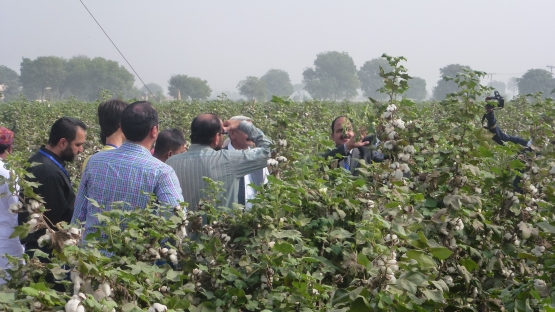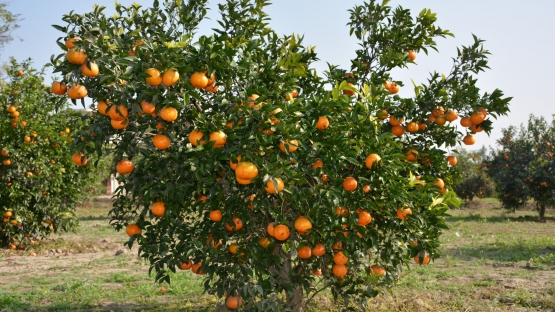When Pakistani farmers harvested fields planted with a new mutant variety of cotton, not only did they have a higher yield, they also received a higher price at the market because of the improved fibre quality. Farmers who adopted mutant varieties of sesame released in 2016 saw yields double and income increase, and now these new varieties cover 50 percent of the area planted to sesame in the entire country. Those who planted a mutant variety of castor bean released in 2017, bred for early maturity and high oil content, have already planted it on 2 000 ha and are making an extra USD 618 per ha. These are just a few of dozens of advances made possible by Pakistan’s Nuclear Institute for Agriculture and Biology (NIAB) which, with the support of the Joint FAO/IAEA Division, has used mutation breeding to improve varieties of eight different crops – benefitting millions of Pakistani farmers and their families, and adding billions to the Pakistan economy.
Across the millennia, those entrusted with saving seeds for planting in future seasons have always made decisions related to the environment, choosing seeds from varieties that will give them the best chance of a good harvest. Even as science has advanced the field from simply saving seeds to cross breeding and now to mutation breeding, the crucial role of the plant breeder has remained largely unchanged – developing varieties that can thrive in whatever the local environment has to offer and be resilient enough to adapt to change. Since 1969, Pakistan’s Nuclear Institute for Agriculture and Biology (NIAB), an institute of the Pakistan Atomic Energy Commission, has overseen the development of 43 mutant crop varieties, ranging from sesame seed to castor bean to mandarin to cotton – all bred in response to what Pakistan’s farmers and their consumers need.
The government of Pakistan recognizes the importance of breeding crop varieties specifically for the Pakistan situation – its terrain, its climate, the needs and capacities of its farmers and, of course, when it comes to food crops, the taste and texture that will appeal to consumers. This government support of the NIAB mutant breeding programme has paid back in terms of increased yields and higher quality products, which have not only contributed to farmers’ livelihoods, it has meant more food for the marketplace and improved food security. Two sesame varieties released in 2016 and 2017 have double the yield of traditional varieties and are more suitable for modern cultivation techniques. The mutant mandarin variety, NIAB Kinnow, released in 2017, has an increased yield of more than 30 percent and reduced seed count from around 50 to just 3-5 seeds per fruit, which makes it more valuable and popular for export.







